Genocide, Starvation, And Oppression: The Real History Of Russia And Ukraine That Americans Need To Know
Russian President Vladimir Putin has always enjoyed twisting the truth to fit his own agenda, but some of his most recent comments regarding Ukraine erase centuries of Ukrainian history.
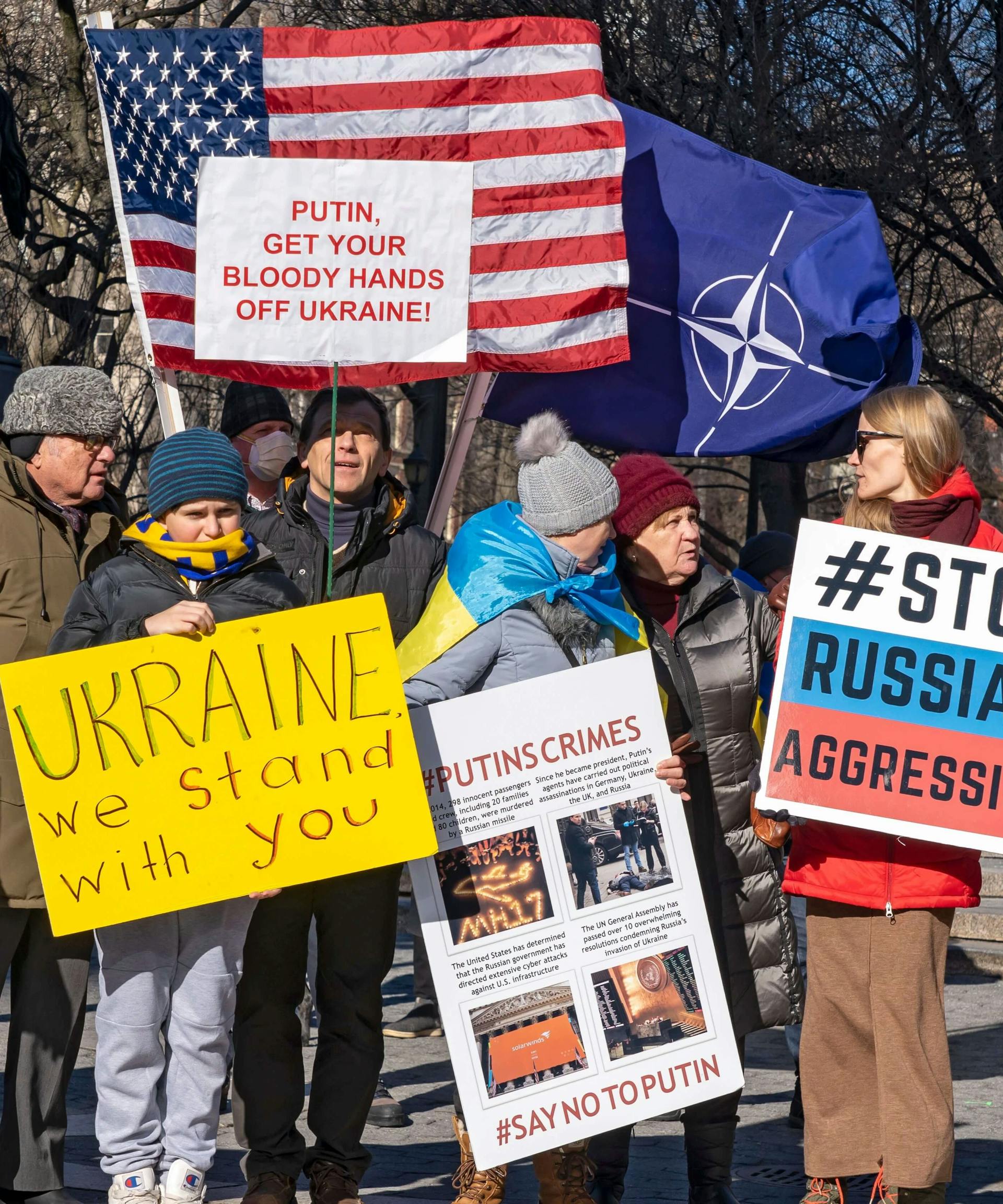
On Monday, February 22, Putin claimed that his decision to support the “independence” of the Donetsk and Luhansk People's Republics was justified because "former Russian leaders Joseph Stalin and Vladimir Lenin wrongfully gave Ukraine the land." His false claims erase centuries of Ukrainian culture and history, but they’re nothing new when it comes to Russia’s attempts to erase the legitimacy of Ukraine, even going as far as creating a genocide under Stalin in the 1930s.
Unfortunately, many Americans don’t know Russian or Ukrainian history and might be inclined to believe Putin. However, if you look back in time, you will discover that Russia and Ukraine are two different countries and cultures, and that the Soviet Union was responsible for one of the vilest human rights atrocities of the 20th century, and Ukrainians were the victims.
Ukraine before the Russian Revolution
Ukraine’s history and its relationship to Russia are long and complicated, but it’s important to recognize key events before the Russian Revolution and the corresponding Ukrainian War of Independence.
It’s seemingly inevitable that the two countries would have a long history of conflict because they both originated in the city of Kyiv (also known as Kiev) when Vladimir I was crowned Grand Prince of Kyiv in 988. Now the capital of Ukraine, Kyiv was the capital of the Kyivan Rus, a medieval Slavic federation that served as the origin of Ukraine, Russia, and Belarus. After Kyivan Rus was invaded by Mongols in the 1200s, the Russians went on to establish the Grand Duchy of Moscow (modern-day Moscow, the capital of Russia), and the Ukrainians became a part of the Kingdom of Galicia-Volhynia.
Both Russia and Ukraine originated in the city of Kyiv when Vladimir I was crowned in 988.
Since the fall of the Kyivan Rus, Ukraine and Russia have reunited and separated many times. The most important thing to remember is that Ukraine joined the Russian Empire in the late 18th century and remained there until the fall of the Russian Empire in 1917.
Though the histories of Ukraine and Russia often overlap, and you could argue that both countries and cultures are similar, it’s important to acknowledge that they are separate cultures with different languages in two different countries. It’s like saying that Ireland and Great Britain are the same, and we can all acknowledge how ridiculous that sounds.
The Russian Revolution, Ukrainian War of Independence, and Ukrainian Genocide
The Russian Revolution began at the beginning of 1917, but Vladimir Lenin and the Bolsheviks took over later that year during the October Revolution. This led to the outbreak of the Russian Civil War, in which the Bolsheviks prevailed, and the Soviet Union was established in 1922.
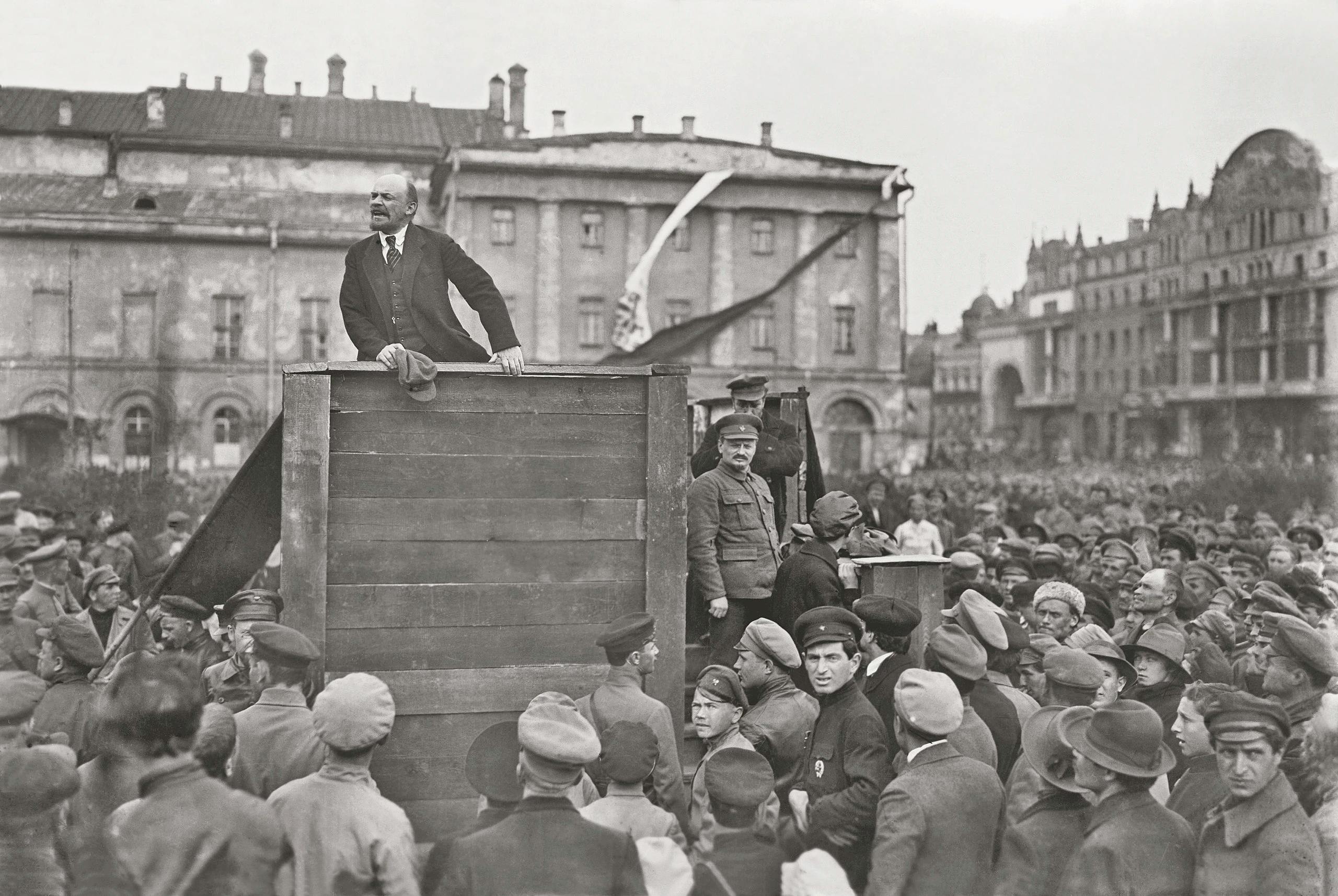
Communist revolutionary Vladimir Lenin speaking to a crowd of supporters, 1920. Via Wikimedia Commons
During this period of conflict, Ukraine tried to separate itself from the former Russian Empire and create its own sovereign nation in the Ukrainian War of Independence. Several groups (mainly the creation of the short-lived Ukrainian National Republic) tried to lead Ukraine to its independence, but eventually it fell under the power of the Soviet Union.
When Stalin came to power after Lenin’s death in 1924, he was determined to make the Soviet Union the most powerful nation in the world. To say that his methods to accomplish this goal were inhumane and evil is an understatement – one of the most brutal and controversial being the Ukrainian Genocide, known as Holodomor.
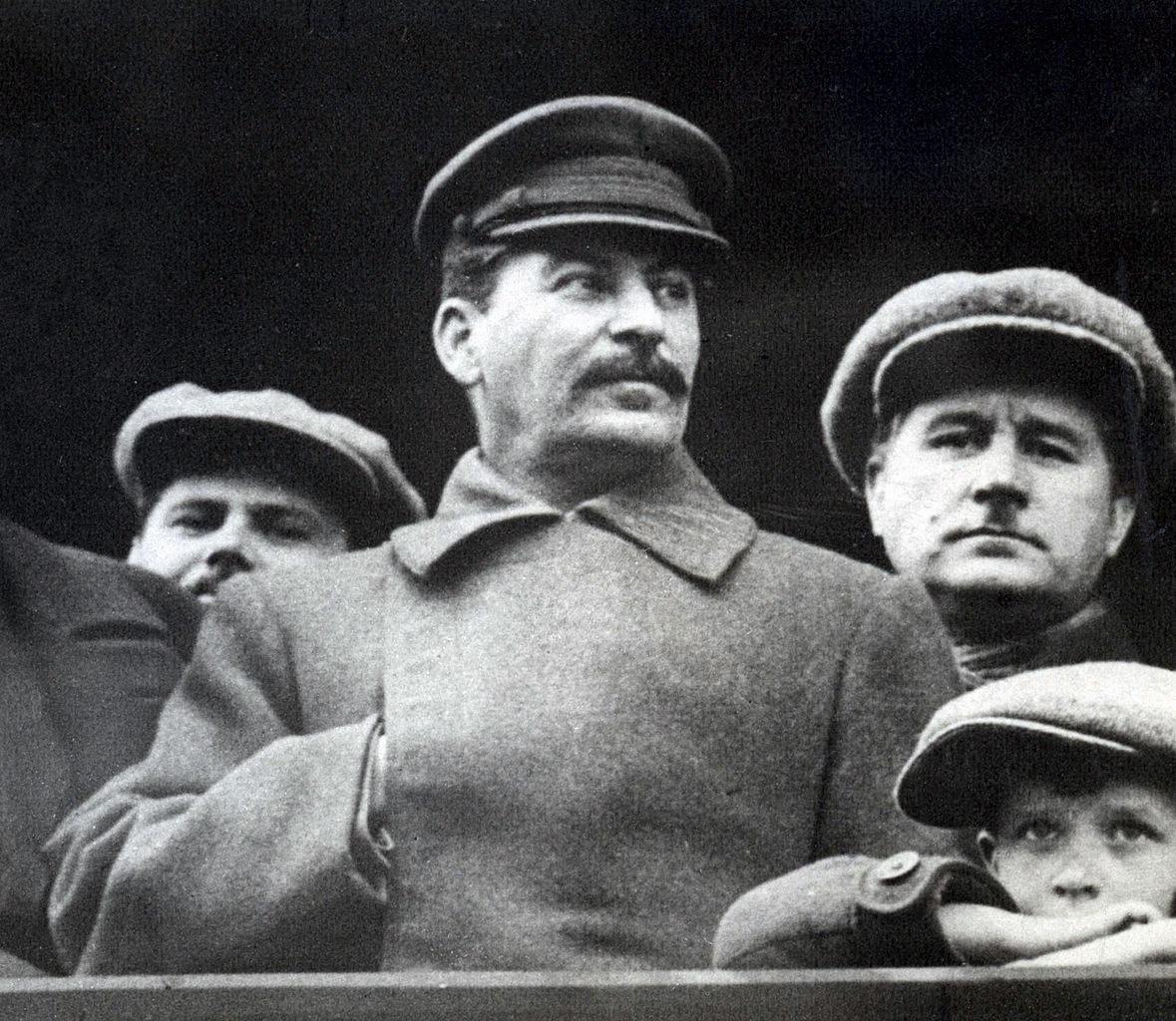
Josef Stalin in 1937. Via Wikimedia Commons
In his attempt to collectivize farming in the 1930s, Stalin took his oppressive policies to another level in Ukraine. He issued impossibly high grain quotas for Ukrainian farms to achieve, forcing many farms to close (and turn them into collective farms run by the government, where farmers couldn’t eat their own food because the food was distributed throughout the nation), and left many Ukrainians to starve to death.
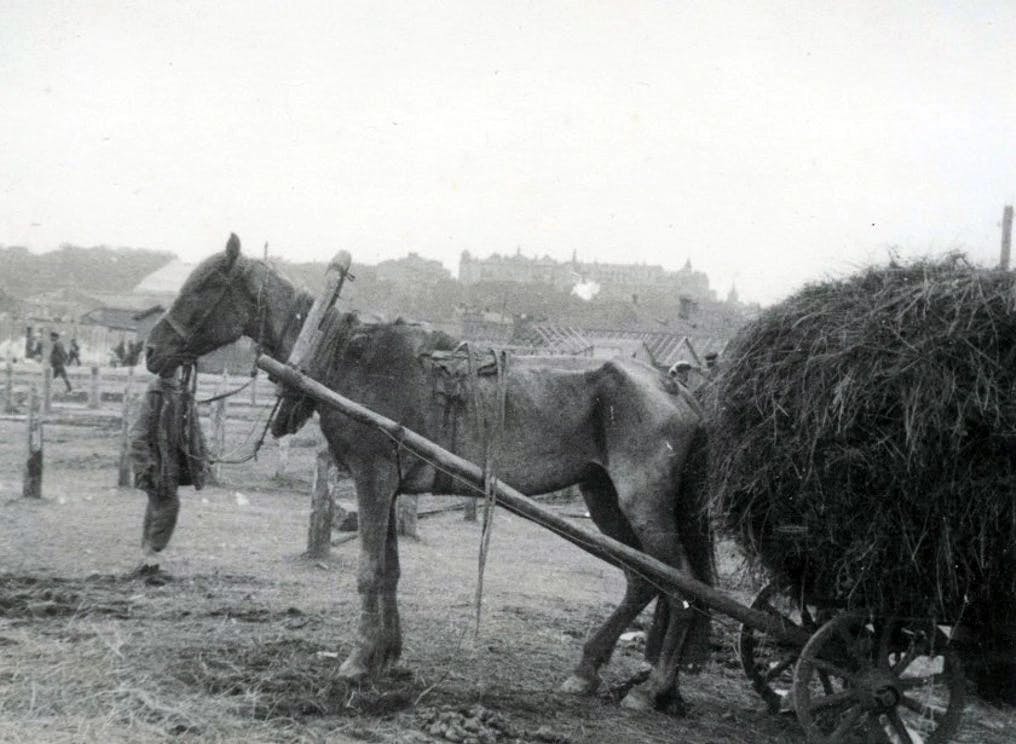
A starving horse during the Holodomor, 1932-1933. Via Wikimedia Commons
He also issued the “Five Stalks of Grain” decree in 1932, limiting every Ukrainian household to five stalks of grain with which to feed their family. This led to mass starvation, and any person who stole grain to survive was executed on the spot. Some resorted to eating pets and farm animals or even cannibalism of neighbors and family members to survive, and historians estimate that the government-created famine killed anywhere from 3.5 to 7 million Ukrainians in 1932 and 1933.
Historians estimate the government-created famine killed 3.5-7 million Ukrainians in 1932-1933.
Though the true motives behind the genocide are unclear, many historians believe that Stalin was harsh toward the Ukrainians because they craved independence. He prevented them from rising up against the Soviet government with every dictator’s favorite tools – murder and terror. Trevor Erlacher, a historian and author who specializes in modern Ukrainian history, believes that the Ukrainian Famine qualifies as a genocide because Stalin’s goal was to wipe out the Ukrainian population through terror and oppression. He wrote, “Stalin appears to have been motivated by the goal of transforming the Ukrainian nation into his idea of a modern, proletarian, socialist nation, even if this entailed the physical destruction of broad sections of its population.”
Stalin went to great lengths to hide the Ukrainian Famine from the rest of the world, and was helped along by sympathetic journalists in the West. Many Communist-sympathetic Western journalists chose to ignore the famine and write about the communist utopia of the Soviet Union, including New York Times journalist Walter Duranty, who famously claimed that the suffering of those in the Soviet Union in the 1930s was for a "noble purpose.” Duranty went as far as disavowing Welsh journalist Gareth Jones for exposing the Ukrainian Famine and the politicians and journalists who were benefiting from it. Since Duranty won a Pulitzer Prize for his work in Moscow and Jones was a freelancer, most believed Duranty over Jones. Jones’s story was told in the 2019 film Mr. Jones.
Despite pressure from the public to revoke Duranty's Pulitzer prize in the face of his false reporting, the Pulitzer Prize board has declined to revoke his award. A petition launched just last year by the U.S. Committee on Ukrainian Holodomor-Genocide Awareness called for the Pulitzer board to revoke Duranty's award.
Ukraine remained a part of the Soviet Union for the rest of the Soviet regime, gaining independence in 1991 after the fall of the Soviet Union.
Ukraine Today
Ukraine has had its fair share of ups and downs since 1991, but the most pivotal event regarding the current issue is Russia's illegal annexation of Crimea, a peninsula between Ukraine and Russia that Russia occupied after Ukraine attempted to create stronger ties with Europe, under the orders of Russian President Vladimir Putin in 2014. Though then-President Obama was critical of the annexation and believed it to be illegal, he believed that diplomacy was a better alternative to war. Many criticized Obama’s decision to be "soft on Russia," including his successor.
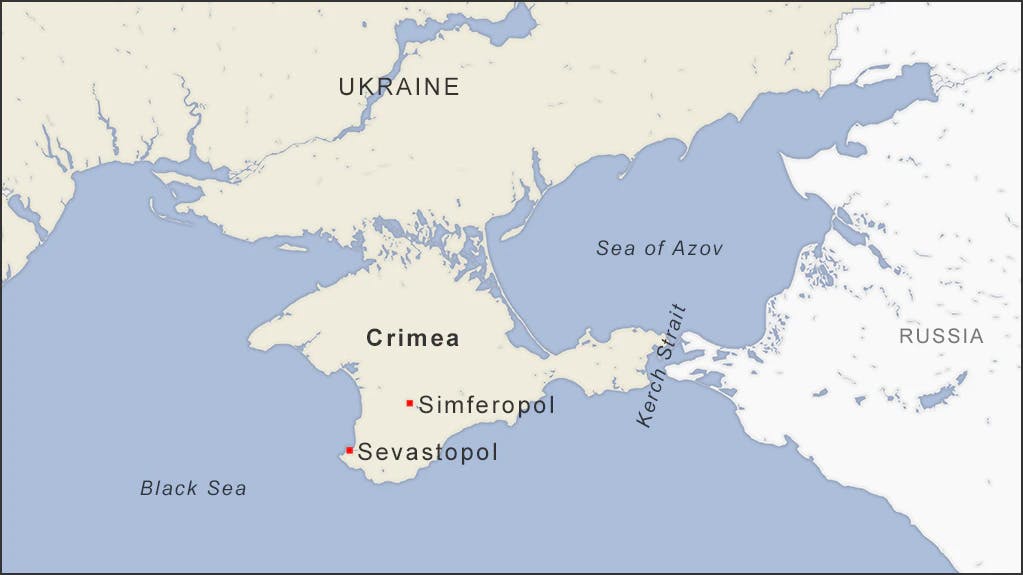
The tension between Russia and Ukraine has been rising since 2014, but it got much worse when Ukraine expressed interest in joining NATO last year. Russia sent troops to the Ukrainian border in mid-2021, and tensions rose again when other countries (including the United States) criticized Russia for its actions. President Biden put sanctions on Russia after they invaded Ukraine on February 21, 2022, but expressed hope to solve the problem through diplomacy rather than war.
The tension between Russia and Ukraine worsened when Ukraine expressed interest in joining NATO last year.
Whether you agree with Biden’s decision to put sanctions on Russia or his decision to take a diplomatic route for now, what’s most important is what Putin is doing. He has a history of praising Russia's Soviet past and has expressed nostalgia towards the Soviet era, leading many to wonder whether or not he’ll take action to restore the lost Soviet empire. If Putin thinks he got away with annexing Crimea scot-free, it’s not unreasonable to think he believes he will get away with his present endeavors to take more of Ukraine.
Closing Thoughts
Putin justified invading Ukraine by claiming that Russia and Ukraine are one and the same, implying that Ukraine is merely a 20th-century Russian invention. Many Americans who don’t know Russian history might believe him. Putin’s comments erase centuries of Russian oppression of Ukraine, including the horrific Ukrainian Famine of the 1930s. Those who don’t know history are doomed to repeat it, and that includes those who believe Putin’s justification for invading Ukraine.
If you would like to learn more about the Holodomor and the Ukrainian Famine, please consider reading The Red Famine by Anne Applebaum.